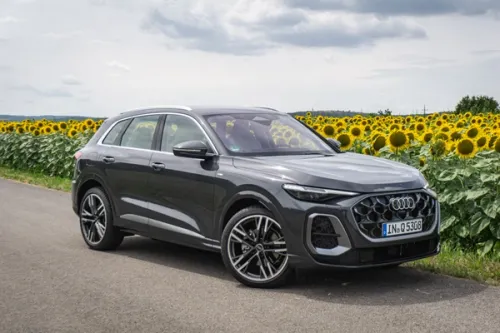Be Kiasu, drive better
In the modern Singaporean vocabulary, the word Kiasu or being afraid to lose is often spoken with negativity and certainly never meant to be used to teach better driving skills. But my offer to you today, is that it can be.


Nowhere is Kiasu more negatively demonstrated than on our public roads where abrupt lane cutting, NASCAR-close tailgating, and the right of might is exercised freely to get ahead of the car in front of you – even if it is just to get one-car-length ahead.
“Move over, slowpoke, you are in my way,” the voice in your head booms as you cut out to the next lane seething with frustration.
“Woah, where did this lorry come from?” You smother a curse and dive back behind the original car.
That was a good question. Where indeed did that lorry come from? Was it there before? Is so, why then did I not see it?
The answer: Tunnel vision. Your focus was on simply getting ahead of the car in front of you and failing to observe traffic flow further ahead. Missing a lorry is an extreme representation of tunnel vision in this case but certainly a novice mistake that we have all made in driving school and on the roads.
It is a mistake that could probably make a cartoon appearance on the viral video Dumb Ways To Die. And yet, we still do it.
Driving instructors often teach the racing technique “Eyes up” to get trainees to look further down the road instead of fixating on the car or corner ahead. What that does is allow the driver’s brain to anticipate, plan, and thread a passage route ahead.
This means taking your eyes off the tail lights of the car ahead, be Kiasu, and look as far as you can down the road to scout for a possible route to allow you to get ahead with a smooth transition of speed and position. Trouble is that first-timers do not look far enough and often fall back to focusing on the car just ahead.
It is going to be hard work because shifting your central vision onto traffic further down the road is counter-intuitive and takes practice. You are allowing your attention and central vision to be used to figure out a way through upcoming traffic while allowing your peripheral vision, which more sensitive to light and motion to detect changes in your surrounding environment.
An example of this in action is when a juggler focuses on a fixed spot in the distance while using his peripheral vision to track each ball’s path and move it in sequence to juggle.
In medium to heavy traffic conditions, the pay-off for weaving in and out of traffic is really only going to net you frayed nerves and perhaps several car-lengths ahead. Factor in that you are not the only one engaging in such behaviour, and the pay-off decreases further – The tragedy of the commons.
Keeping your eyes up and being aware of traffic around and ahead of you is hard work but this habit also increases safety. It reduces surprise or chance situations whereby human reaction time becomes a significant factor in whether an accident occurs or not.
And if your Singaporean sense of practicality is not quite convinced by the promise of better road position and perceived increase in safety, check your next fuel bill at the pump. If it reads cheaper, you have your newfound smooth driving style to thank.
To borrow another phrase from the Singaporean vocabulary, this will make you a “cheaper, better, faster” driver.
Credits:


Get the Best Price for your used car
from 500+ dealers in 24 hours

- Convenient and Hassle-Free
- Consumer Protection
Transparent Process
With No Obligation








